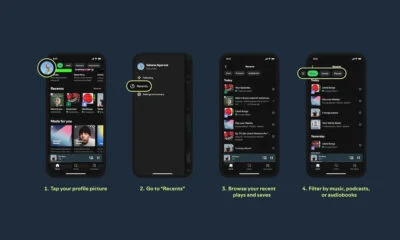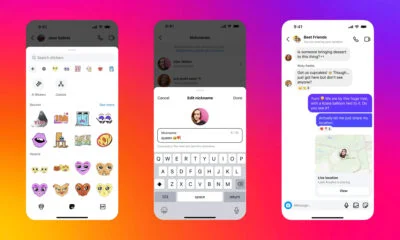News
Fujifilm Launches Its Instax Mini Evo Hybrid Instant Camera
A new hybrid instant camera that includes all the amazing features of a hybrid instant camera, a classic analog look, and a little more!
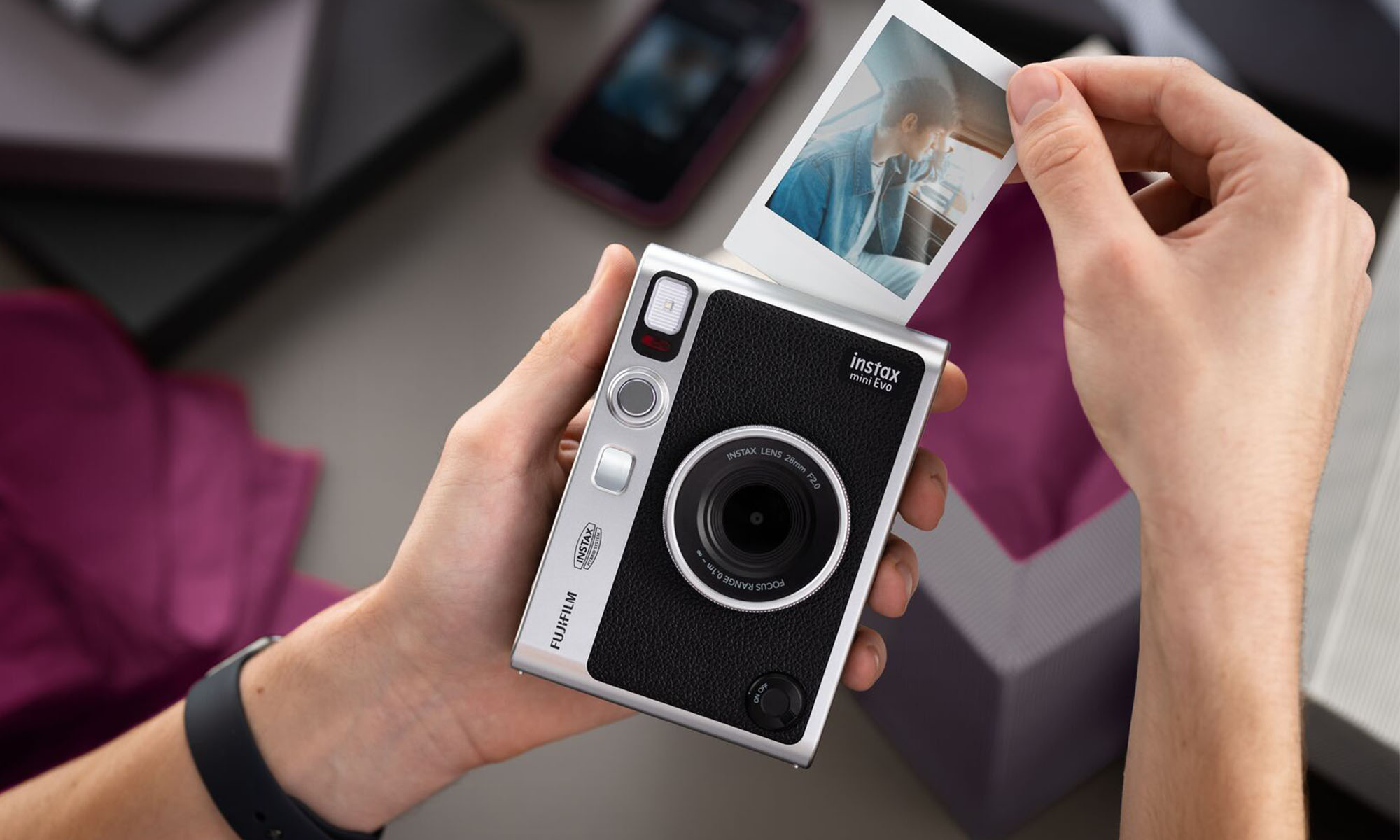
The Instax Mini Evo is the newest hybrid Instax camera launched by Fujifilm. It’s a flagship model of the Instax series of instant cameras that features more advanced functions, operability, print quality, and apps than ever before.
Like other hybrid instant cameras, users can review photos captured on the device via the LCD monitor on the rear panel of the camera and select images they want to print.
The new Instax Mini Evo offers versatile shooting effects that can deliver up to 100 different combinations of effects for Instax shots.
Design & Specifications
The Instax Mini Evo comes with ten lens effects including “Soft Focus” and “Light Leak” as well as ten film effects including “Monochrome” and “Retro”. These two types of effects can be combined freely to create up to 100 different shooting effects, giving users the ability to fully express their emotions.
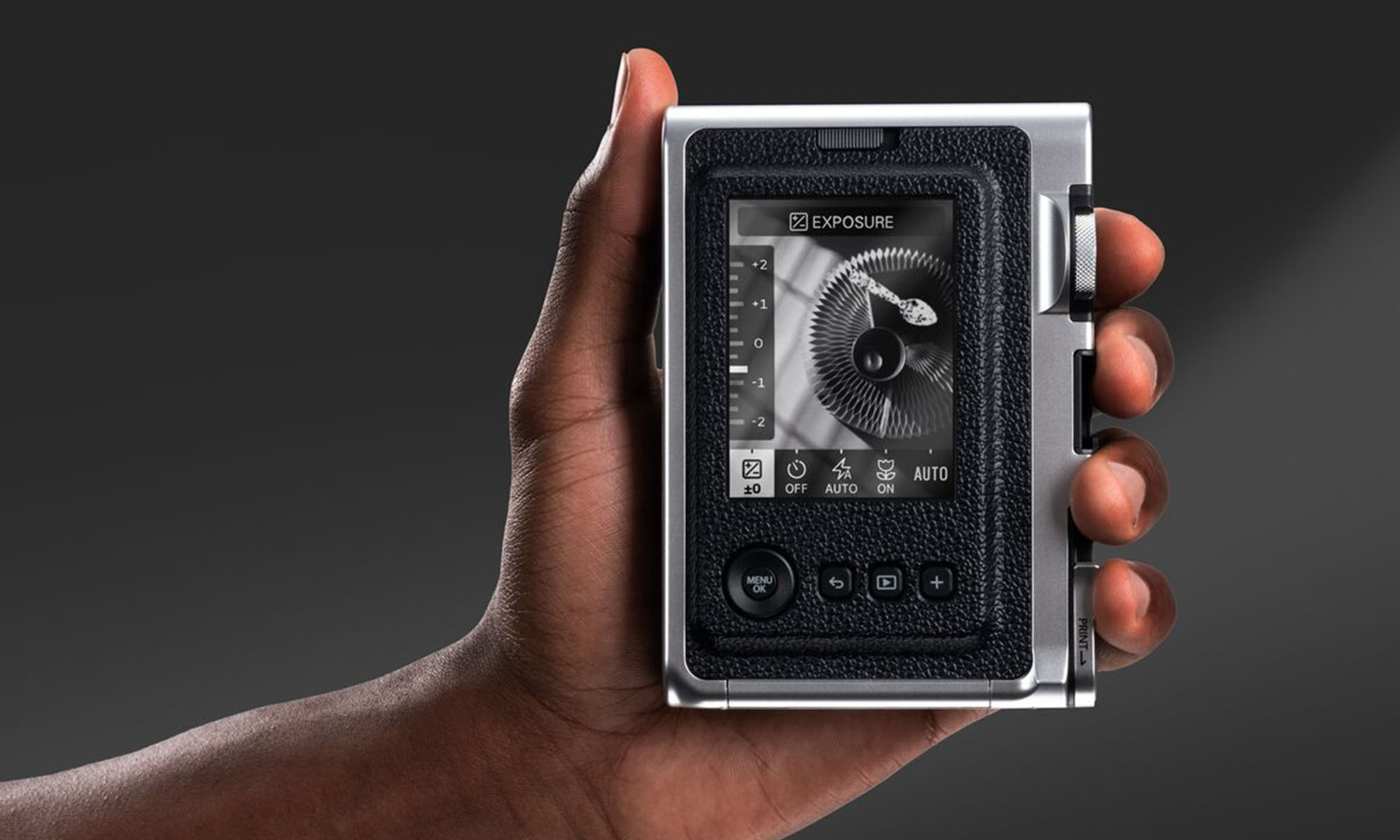
The new model, designed with a classical and luxurious touch, is the first Instax camera equipped with a print lever, lens dial and film dial allowing users to choose a plethora of shooting effects and print. These dials are designed with attention to the finest details including operation sound offering the joy of creating analog photographic arts to the users.
Also Read: Fujifilm Launches Instax Link WIDE Smartphone Printer
A ring around the 28mm (equivalent) F2.0 lens can be twisted to switch between ten lens effects: Normal, Vignette, Soft Focus, Blur, Fisheye, Color Shift, Light Leak, Mirror, Double Exposure, and Half-Frame.
Behind the lens is a 1/5-inch CMOS sensor with a resolution of 4.9 MP (or about 2560 x 1920 pixels), ISO range from 100 to 1600, and shutter speed range from 1/4s to 1/8000s.
The camera weighs 285 grams and measures 87 x 122.9 x 36 mm, so it’s approximately twice as heavy as the iPhone 12 or the iPhone 13 Mini.
High-Quality Prints From Any Device
The Instax Mini Evo’s resolution of exposure has been doubled compared to the previous models to achieve greater print quality. The camera offers the “Instax-Rich” mode for rich colors in addition to the “Instax-Natural” mode for softer touch characteristic of Instax prints.
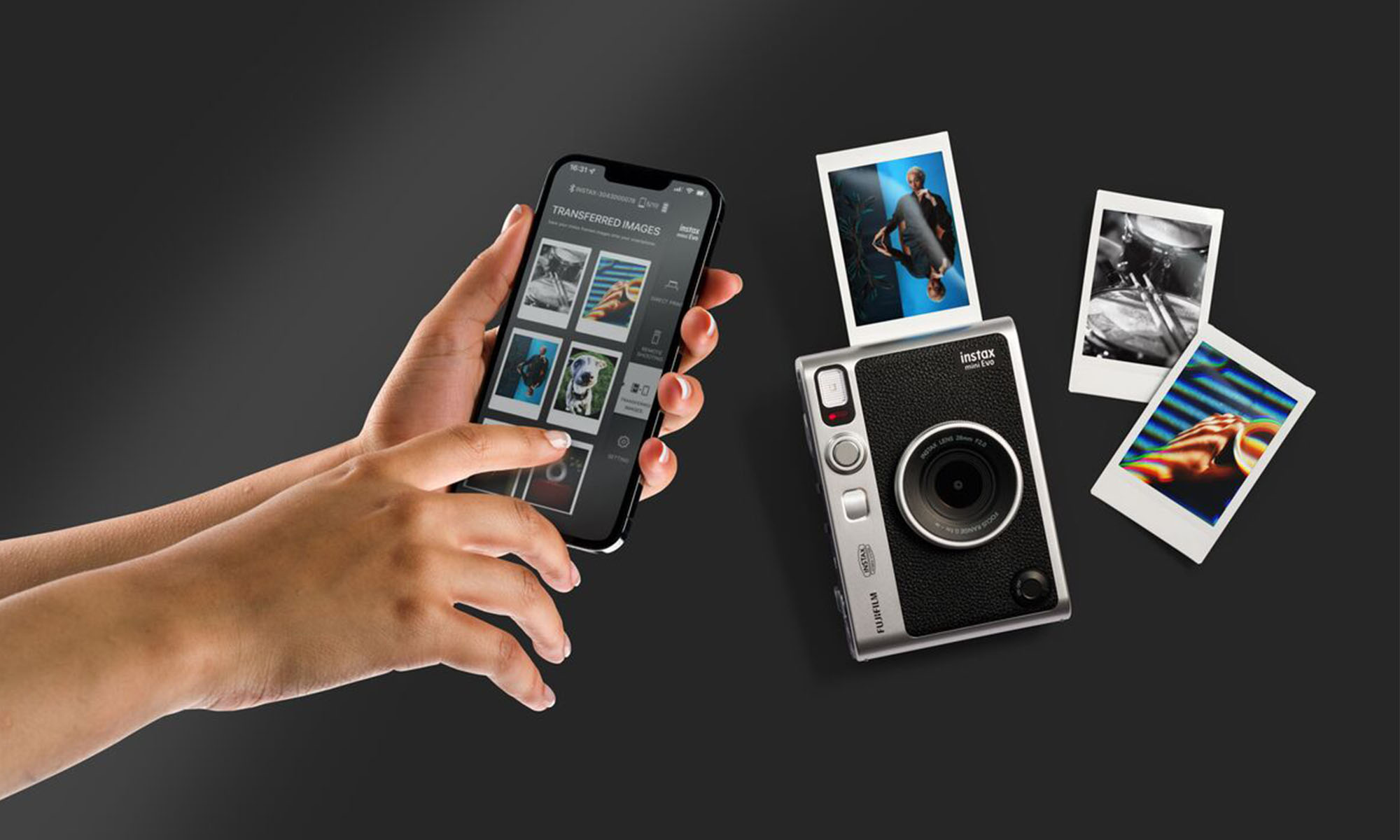
The Mini Evo also works as an Instax printer, meaning you can print out pictures from your smartphone wirelessly using a dedicated app.
The app features the “Direct Print” function for using the Instax Mini Evo as a smartphone printer, “Remote” function for remotely shooting pictures away from the camera, and the “Transferred Images” function for saving a photo (shot with the Instax Mini Evo) in a smartphone as an image decorated with an Instax frame so you can share them as digital Instax snaps.
Make sure you’re following Fujifilm Middle East on Facebook and Instagram for all the latest updates.
News
Samsung Smart Glasses Teased For January, Software Reveal Imminent
According to Korean sources, the new wearable will launch alongside the Galaxy S25, with the accompanying software platform unveiled this December.
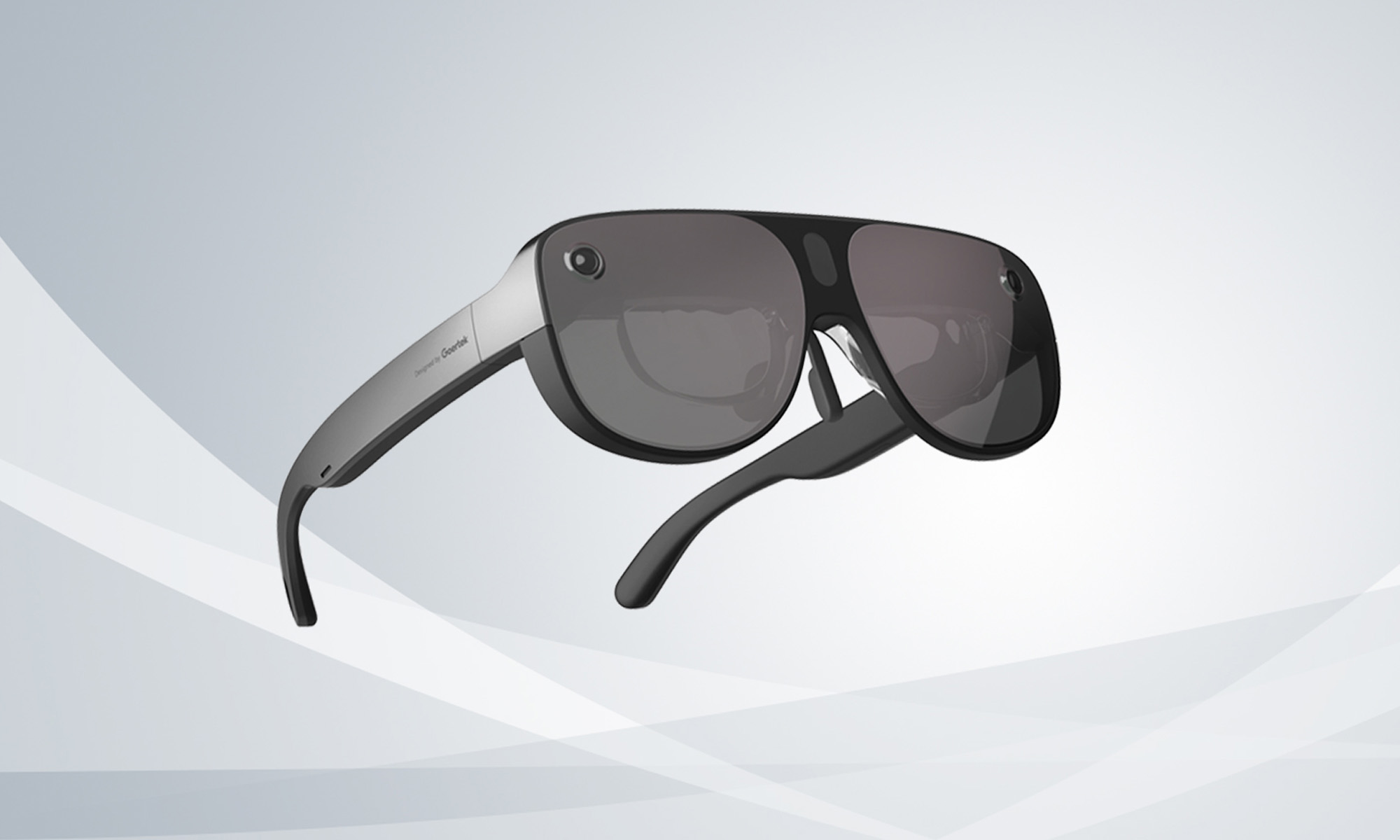
Samsung appears poised to introduce its highly anticipated smart glasses in January 2025, alongside the launch of the Galaxy S25. According to sources in Korea, the company will first reveal the accompanying software platform later this month.
As per a report from Yonhap News, Samsung’s unveiling strategy for the smart glasses echoes its approach with the Galaxy Ring earlier this year. The January showcase won’t constitute a full product launch but will likely feature teaser visuals at the Galaxy S25 event. A more detailed rollout could follow in subsequent months.
Just in: Samsung is set to unveil a prototype of its augmented reality (AR) glasses, currently in development, during the Galaxy S25 Unpacked event early next year, likely in the form of videos or images.
Additionally, prior to revealing the prototype, Samsung plans to introduce…
— Jukanlosreve (@Jukanlosreve) December 3, 2024
The Galaxy Ring, for example, debuted in January via a short presentation during Samsung’s Unpacked event. The full product unveiling came later at MWC in February, and the final release followed in July. Samsung seems to be adopting a similar phased approach with its smart glasses, which are expected to hit the market in the third quarter of 2025.
A Collaborative Software Effort
Samsung’s partnership with Google has played a key role in developing the smart glasses’ software. This collaboration was first announced in February 2023, with the device set to run on an Android-based platform. In July, the companies reiterated their plans to deliver an extended reality (XR) platform by the end of the year. The software specifics for the XR device are expected to be unveiled before the end of December.
Reports suggest that the smart glasses will resemble Ray-Ban Meta smart glasses in functionality. They won’t include a display but will weigh approximately 50 grams, emphasizing a lightweight, user-friendly design.
Feature Set And Compatibility
The glasses are rumored to integrate Google’s Gemini technology, alongside features like gesture recognition and potential payment capabilities. Samsung aims to create a seamless user experience by integrating the glasses with its broader Galaxy ecosystem, starting with the Galaxy S25, slated for release on January 22.



















